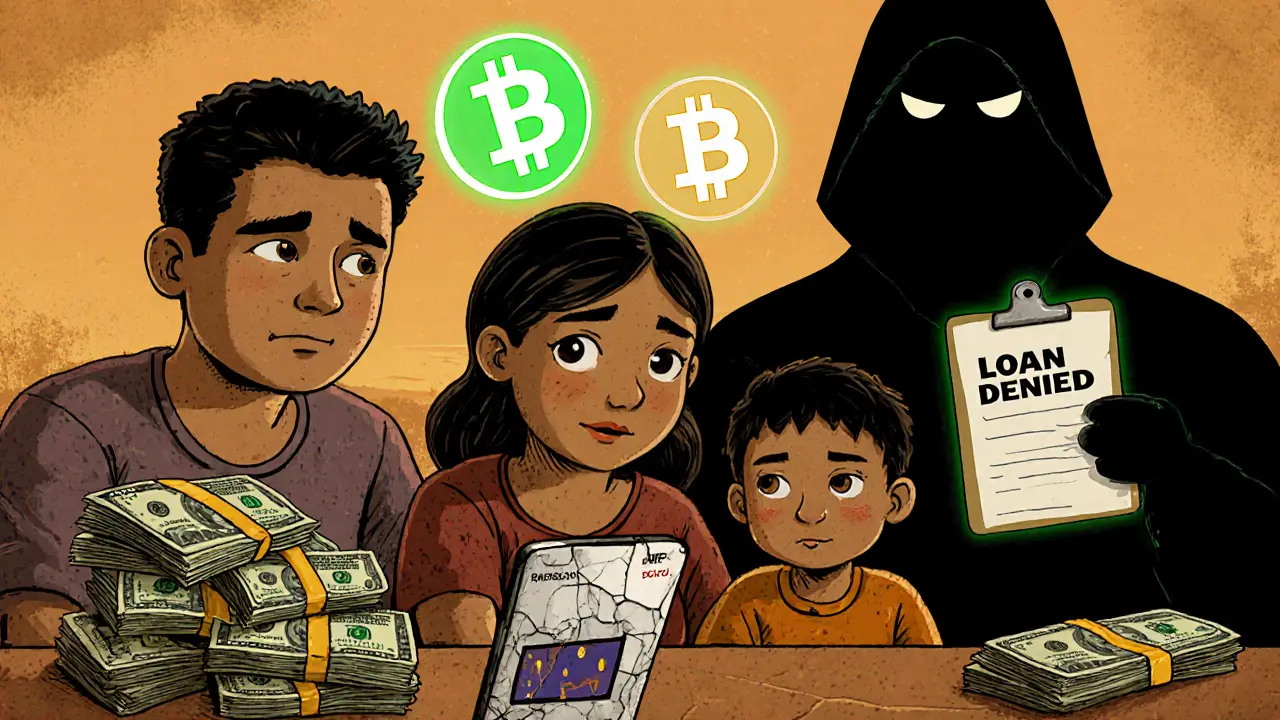Bitcoin Reserve: What It Is, Why It Matters, and How It Shapes Crypto Markets
When people talk about a Bitcoin reserve, a centralized or institutional holding of Bitcoin used to back assets, stabilize currency, or signal confidence in the network. It's not just storage—it's a strategic move that changes how markets see Bitcoin's value. Unlike traditional fiat currencies backed by gold or government promises, a Bitcoin reserve means real coins are locked up, not printed. This isn't theoretical. Companies like MicroStrategy and even countries like El Salvador have built Bitcoin reserves to protect wealth against inflation. And when a major firm announces it's adding Bitcoin to its balance sheet, the market takes notice—because a Bitcoin reserve is a vote of confidence written in code.
What makes a Bitcoin reserve different from just holding Bitcoin? It’s about intent. If you buy a few BTC for yourself, that’s personal investment. But when a corporation, ETF, or government holds millions in Bitcoin as part of its financial strategy, that’s a Bitcoin treasury, a formal, institutional-level accumulation of Bitcoin intended to serve as a long-term store of value. This isn’t speculation—it’s asset allocation. These reserves are often audited, reported publicly, and used to back tokenized assets or stablecoins. They’re also why some exchanges claim to be "100% reserve-backed"—meaning they hold enough Bitcoin to cover all user balances. But here’s the catch: not all claims are real. Some platforms say they hold reserves but can’t prove it. That’s where things get risky.
Then there’s the link to crypto reserves, the broader category that includes Bitcoin and other digital assets held by institutions to support financial products or stabilize decentralized systems. Bitcoin is the most common, but Ethereum, stablecoins, and even tokenized gold can be part of this ecosystem. What ties them together? Transparency—or the lack of it. The best Bitcoin reserves are publicly verifiable on-chain. You can track every coin. The worst? They rely on trust alone. That’s why audits matter. Why on-chain proof matters. And why a Bitcoin reserve isn’t just a number—it’s a promise.
And it’s not just about money. A Bitcoin reserve influences regulation, adoption, and even market cycles. When institutions build reserves, regulators take notice. Banks start offering custody. Payment networks begin integrating Bitcoin. The whole system moves. That’s why you’ll see posts here about exchanges like Blockfinex or NovaEx—some claim to back their liabilities with Bitcoin reserves, but few prove it. Others, like Chivo Wallet or SUNI airdrops, show how easily trust can be manipulated when there’s no real reserve backing. The contrast is sharp.
What you’ll find below isn’t just a list of articles. It’s a collection of real-world examples—some successful, some dangerous—of how Bitcoin reserves, crypto reserves, and institutional backing play out in practice. You’ll see how companies use them, how scams fake them, and how blockchain transparency makes the difference between a solid asset and a house of cards. No fluff. No hype. Just what’s actually happening out there.
El Salvador's Bitcoin Adoption Strategy: What Really Happened and Where Things Stand in 2025
El Salvador made Bitcoin legal tender in 2021 to help the unbanked and cut remittance costs. By 2025, it dropped the status under IMF pressure-but kept buying Bitcoin and building crypto infrastructure. Real adoption is quiet, private, and growing.
Asset Forfeiture and Crypto Seizures by Country: Who’s Seizing What and Why
Governments worldwide are seizing cryptocurrency at record levels, with the U.S. creating a $17 billion Strategic Bitcoin Reserve. Learn which countries lead in crypto forfeitures, how seizures work, and what it means for everyday users.

